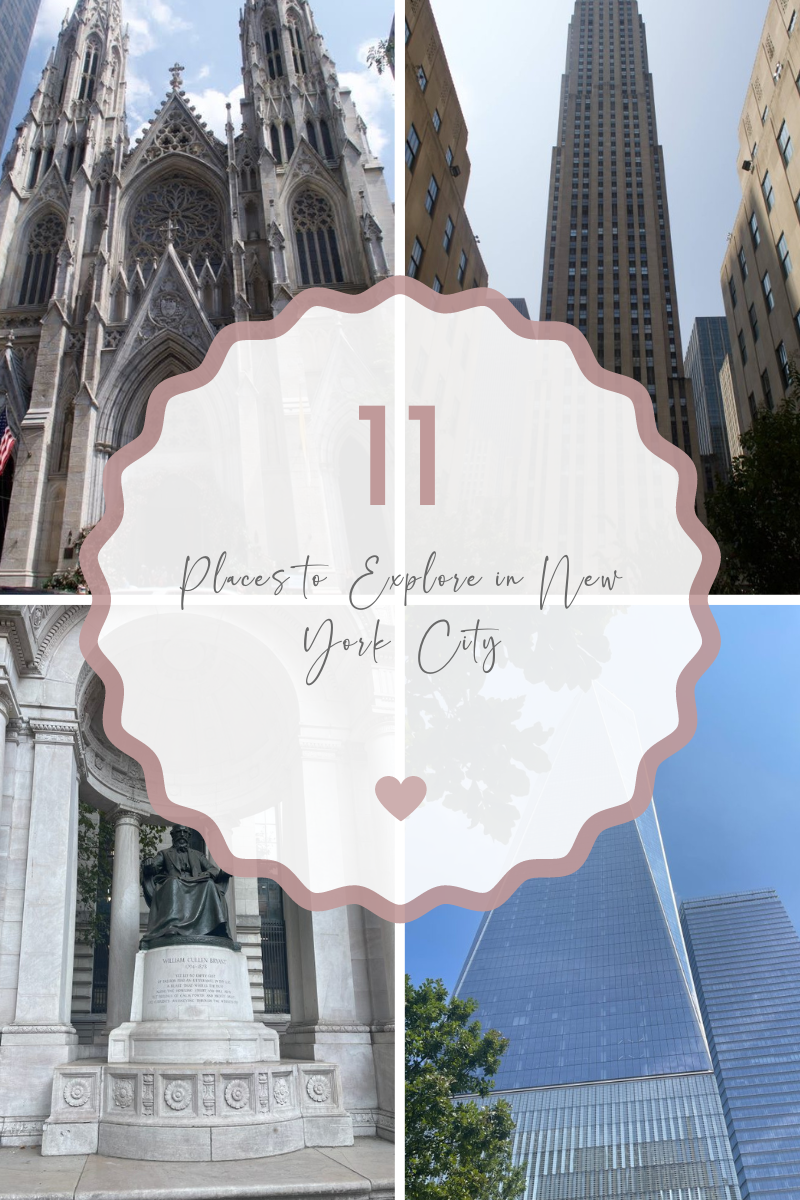Amana, Iowa: America’s First Communal Community

Hello fellow travelers! Amana, Iowa sounds like it would be a boring town. Your assumption would be wrong. This little unincorporated community is full of rich history. It spans from the 1830s when the first settlers arrived until the 1930s. This rich history even continues until today.
About
Amana is part of the Amana Colonies. These colonies are seven villages located in the eastern part of central Iowa. These seven villages are:
- Amana (also known as Main Amana)
- East Amana
- High Amana
- Middle Amana
- South Amana
- West Amana
- Homestead
All together, the seven villages span across 26,000 acres (110 square kilometers) of land. The villages were first built and settled by German Radical Pietists. This religious group signifies a form of Christianity that breaks away from denominational Lutheranism. These settlers were being persecuted in their native Germany and the Lutheran Church for not adhering to Lutheranism. At first, they settled in New York, near Buffalo (today, it would be near the town of West Seneca). The settlers, seeking more isolation, eventually moved out west to Iowa, near modern-day Iowa City in 1856. The settlers lived a communal lifestyle until 1932.
The Heritage Society Museum
The Heritage Society Museum is a small museum detailing the life of the Colonies before the Great Change. The Great Change is a period of time around the Great Depression. During this time, the church and society split in the colonies. The church would stay as a non-profit organization and aid the spiritual needs of the inhabitants. The for-profit society would buy and sell with the outside. This was the agreement as the villages found themselves in dire financial straits.

The original school building was converted into the museum entrance.

The colonies were designated a Registered National Historic Landmark in 1965.

This building used to be the farm manager’s office for Middle Amana.

Another building that is part of the museum used to serve as the communal kitchen until 1932.











Some things from the very first settlers of the colonies on show.

A camera obscura from Heinrich Fehr, one of the very first settlers in the colonies.

A flour bag from the villages, when they switched from communal living to capitalism.

Another wall of collectibles from the original settlers.


A small exhibition on how weddings in the colonies were celebrated. The couple had to ask the Council of Elders for permission to marry. The ceremony was very simple and included only close relatives. The photo on the right depicts what a congratulations card and blessing would look like during those times.

A beautiful vintage lamp.

A carrom board. Carrom is a game like billiards/pool.

A pitcher and bowl


An old style desk

A stovepipe oven

A town map created in 1863.

A list of Amana inhabitants who served during the First World War.

One of the very first microwave oven models


Pharmacy sign

A sign advertising Kreso Dip No. 1, an antibiotic and anti-parasite medicine for livestock.

A sign advertising authentic German sauerkraut.

A barrel of pickled German cut beans

Buckets of pure lard


Two decorative plaques in German

What a typical playroom would look like during the communal living part of the colonies.

The communal seating area for dining

The old school bell.

I love the design of this hedge, for a store called Haus Maus. I ended up buying a shirt and two stickers from that store.
Have you ever explored Iowa before?
Pin it!






